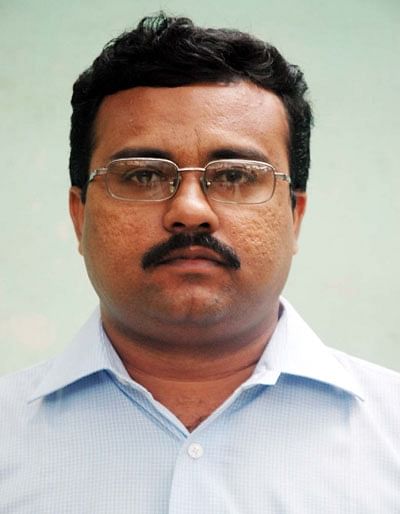India cautious as Bhutan moves closer to settle boundary dispute with China, Prez, PM to host King Wangchuck
Bhutan’s king Jigme Khesar Namgyel Wangchuck will arrive in New Delhi on Monday apparently to allay concerns in India about recent progress in negotiations to settle his country’s boundary dispute with China.
He will have meetings with President Droupadi Murmu and Prime Minister Narendra Modi during his three-day official visit. He will be accompanied by Foreign Minister Tandi Dorji and other senior officials. Wangchuck is visiting New Delhi when India is cautiously keeping tabs on Thimphu-Beijing talks to resolve their boundary disputes.
With the Indian Army still engaged in a stand-off with the Chinese People’s Liberation Army in eastern Ladakh, New Delhi is keen to ensure that any deal between Thimphu and Beijing does not result in China gaining advantage against India, particularly in western Bhutan, sources told DH on Saturday.
In a recent interview published in Belgium, Bhutan Prime Minister Lotay Tshering made public that the talks between his country and China had reached an advanced stage.
He also said the Bhutanese delegation visited Beijing in February, while a “technical team” from China might arrive in Thimphu soon. Tshering went on to say that Bhutan and China might be able to demarcate the boundary after two or three more meetings.
His comments denying reports about China’s intrusion into Bhutan and construction of villages inside Bhutan caused unease in New Delhi.
Thimphu and Beijing have been holding negotiations to settle the boundary dispute since 1984, the territorial row between the two nations was limited to 764 sq kms of areas – 269 sq km in the west and 495 sq km in north-central Bhutan.
China, in 2020, also staked claim on the Sakteng Wildlife Sanctuary in eastern Bhutan as part of its own territory. Bhutan rejected the claim made by China.
Bhutan and China had earlier held 24 rounds of boundary negotiations till August 2016. The negotiations, however, had remained stalled after the stand-off between the Indian Army and the Chinese People’s Liberation Army in Doklam Plateau.
The Chinese and the Bhutanese officials, however, had a meeting in Kunming in the communist country in April 2021. The meeting led to the signing of a Memorandum of Understanding on October 14, 2021, for “a three-step roadmap” to resolve the Bhutan-China boundary dispute.
New Delhi has reasons to be cautious as Beijing had earlier asked Thimphu to accept China’s sovereignty on areas around Doklam in western Bhutan in exchange for China giving up its claim on areas in north-central Bhutan. If China gains control of the Doklam Plateau, it will make it easier for its PLA to conduct military manoeuvres aimed at blocking the Siliguri Corridor – the narrow stretch of land linking India’s North-East with the rest of the country.
Tshering, however, indicated in his interview that Thimphu was not trying to reach an agreement with Beijing on the Bhutan-India-China tri-junction boundary point near Doklam Plateau – the scene of the June-August 2017 stand-off between the Indian Army and the Chinese PLA. His comment was in sync with the 2012 understanding between New Delhi and Beijing that all tri-junction boundary points among India, China and the third countries (like Bhutan, Myanmar and Nepal) would be settled through trilateral negotiations.
A spokesperson of the Ministry of External Affairs in New Delhi stated on Saturday that the visit of the Bhutanese King to India would provide an opportunity to both the sides to review the entire gamut of bilateral cooperation and to further advance the close bilateral partnership, including economic and development cooperation.
